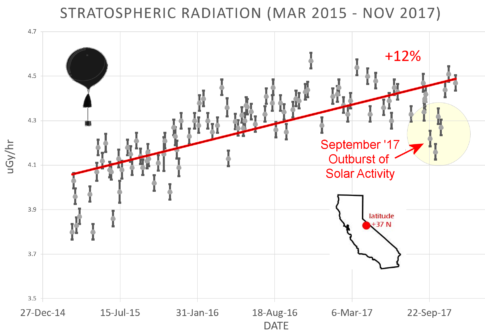– “This Is Crazy” – Antarctic Supervolcano Is Melting The Ice-Caps From Within:
As we’ve pointed out, the supervolcano phenomenon is hardly unique to Yellowstone National Park, where a long dormant volcano with the potential to cause a devastating eruption has been rumbling since mid-summer, making some scientists uneasy.
Surprisingly active supervolcanos have been documented in Italy, North Korea and, now, Antarctica after scientists at NASA’s Jet Propulsion Laboratory (JPL) have found new evidence to support a theory that the breakup of Antarctic ice may be caused in part by a massive geothermal heat source, with output close to the scale of Yellowstone National Park.
Of course, if accurate, this theory would help rebut the notion that man-made climate change is in part responsible for the melting ice, Russia Today reports.
A geothermal heat source called a mantle plume, a hot stream of subterranean molten rock that rises through the Earth’s crust, may explain the breathing effect visible on Antarctica’s Marie Byrd Land and elsewhere along the massive ice sheet.
While the mantle plume is not a new discovery, the recent research indicates it may explain why the ice sheet collapsed in a previous era of rapid climate change 11,000 years ago, and why the sheet is breaking up so quickly now.
“I thought it was crazy. I didn’t see how we could have that amount of heat and still have ice on top of it,” said Hélène Seroussi of NASA’s Jet Propulsion Laboratory in Pasadena, California.
Seroussi and Erik Ivins of JPL used the Ice Sheet System Model (ISSM), a mathematical depiction of the physics of ice sheets developed by scientists at JPL and the University of California, Irvine. Seroussi then tweaked the ISSM to hunt for natural heat sources as well as meltwater deposits.
Read more“This Is Crazy” – Antarctic Supervolcano Is Melting The Ice-Caps From Within


